
#ARichLife Sweater one of my favorite bands , Barednaked Ladies with Hand-me-down Sweater @Eggs @Alwaysbeenaloverofbooks

#ARichLife Sweater one of my favorite bands , Barednaked Ladies with Hand-me-down Sweater @Eggs @Alwaysbeenaloverofbooks
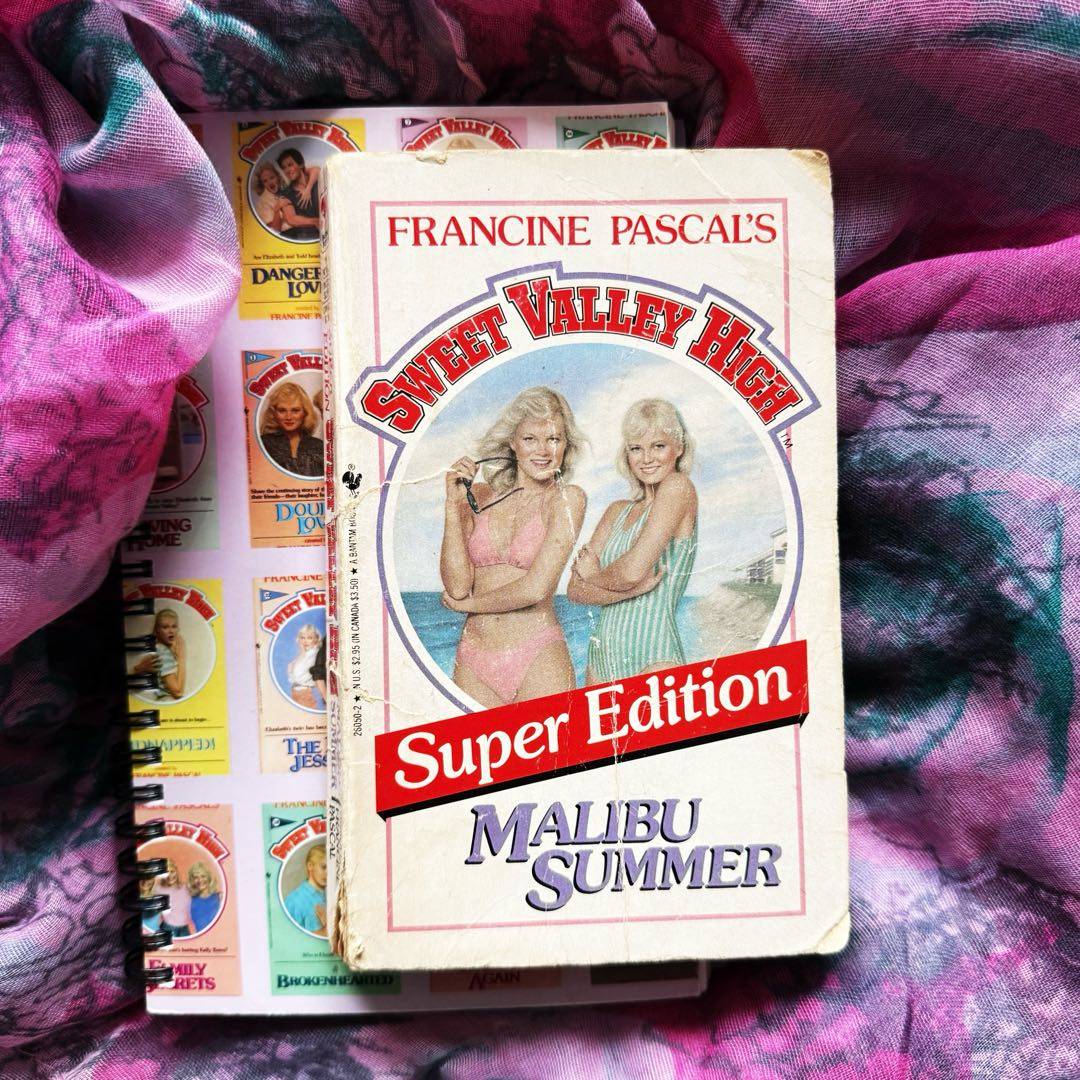
It‘s the second #SweetValleyHighSummer & George Fowler‘s forcing Lila to get a summer job to “build character” by being a mother‘s helper in Malibu. Jess convinces her twin to set aside her plans for an internship at the paper to join her— Jess even comes off as selfless giving Liz the job with the older child & the mansion while she shares a room in a small house six whole blocks from the beach with an infant— cousin to the new teen sensation!
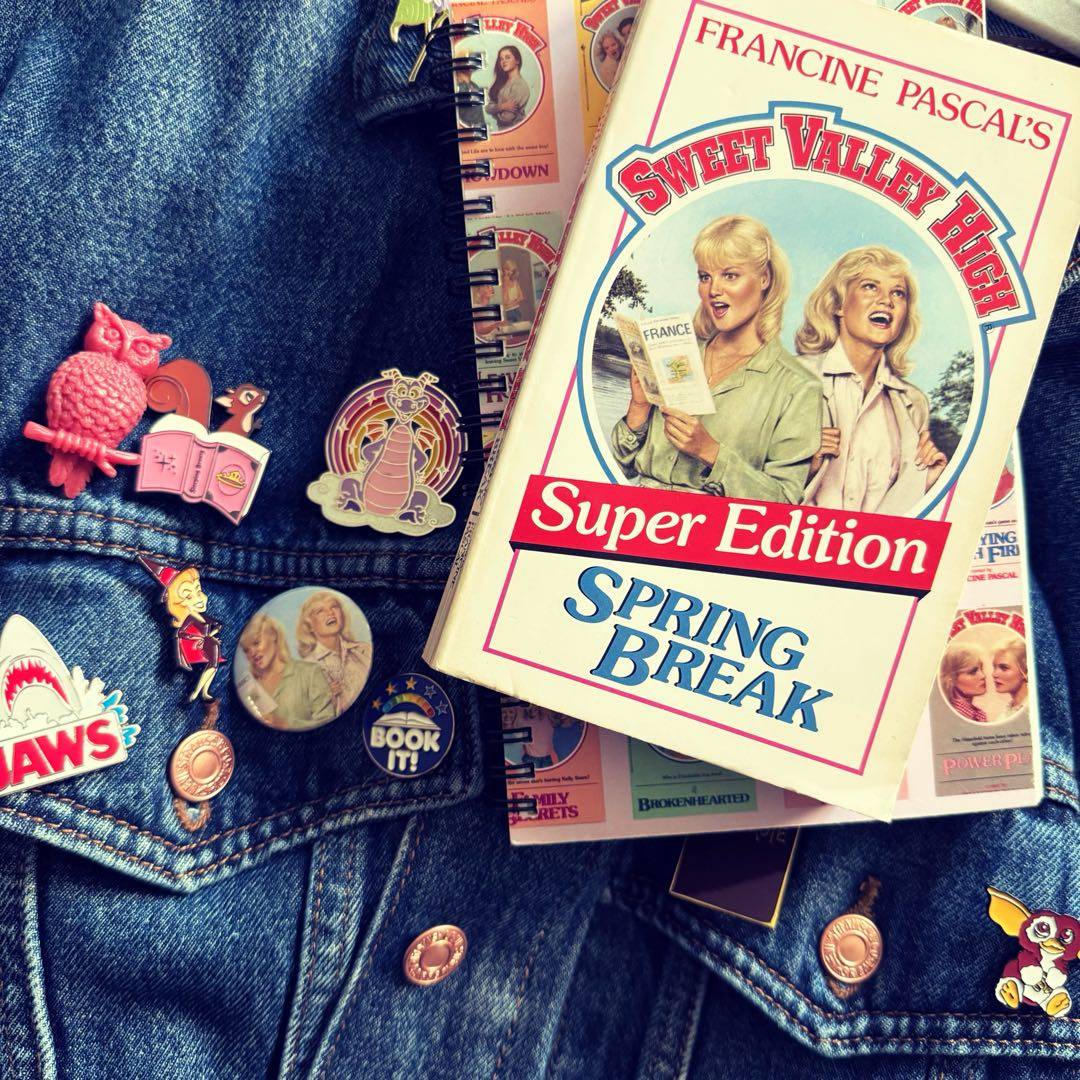
It‘s the second #SweetValleySpringBreak for these juniors & the Wakefield twins join in a 10-day exchange program! They head to Cannes to stay with Avery Glize & her American-hating (but handsome) son, René. Ferney Glize (a Tricia Martin lookalike!) arrives in #SweetValley, haunting Steven. In France, Jess falls in love with a boy who thinks she‘s Liz & Liz fixes not only René‘s prejudice, but his drowning trauma & relationship with his father!
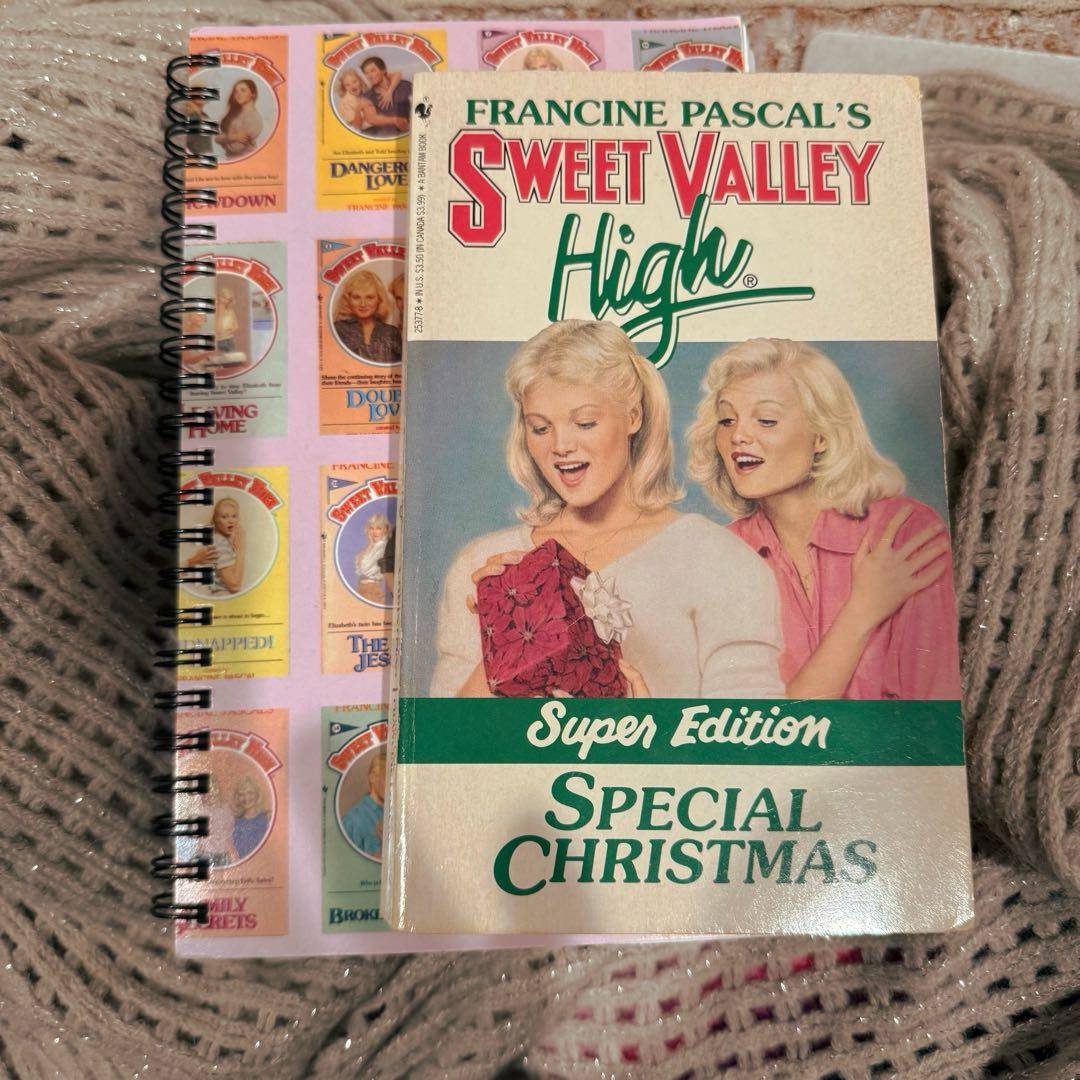
It‘s the 1st #SweetValleyHighChristmas! But this is probably one of my least favorites—it opens at the start of winter break with Liz helping with the Secret Santa assignments while looking forward to Todd‘s visit from VT. But they get the news that Suzanne Devlin begged to come back, supposedly to make amends. Jessica dives in with some help to make Suzy‘s stay miserable. She‘s miserable enough about her health—though Todd makes her feel better!
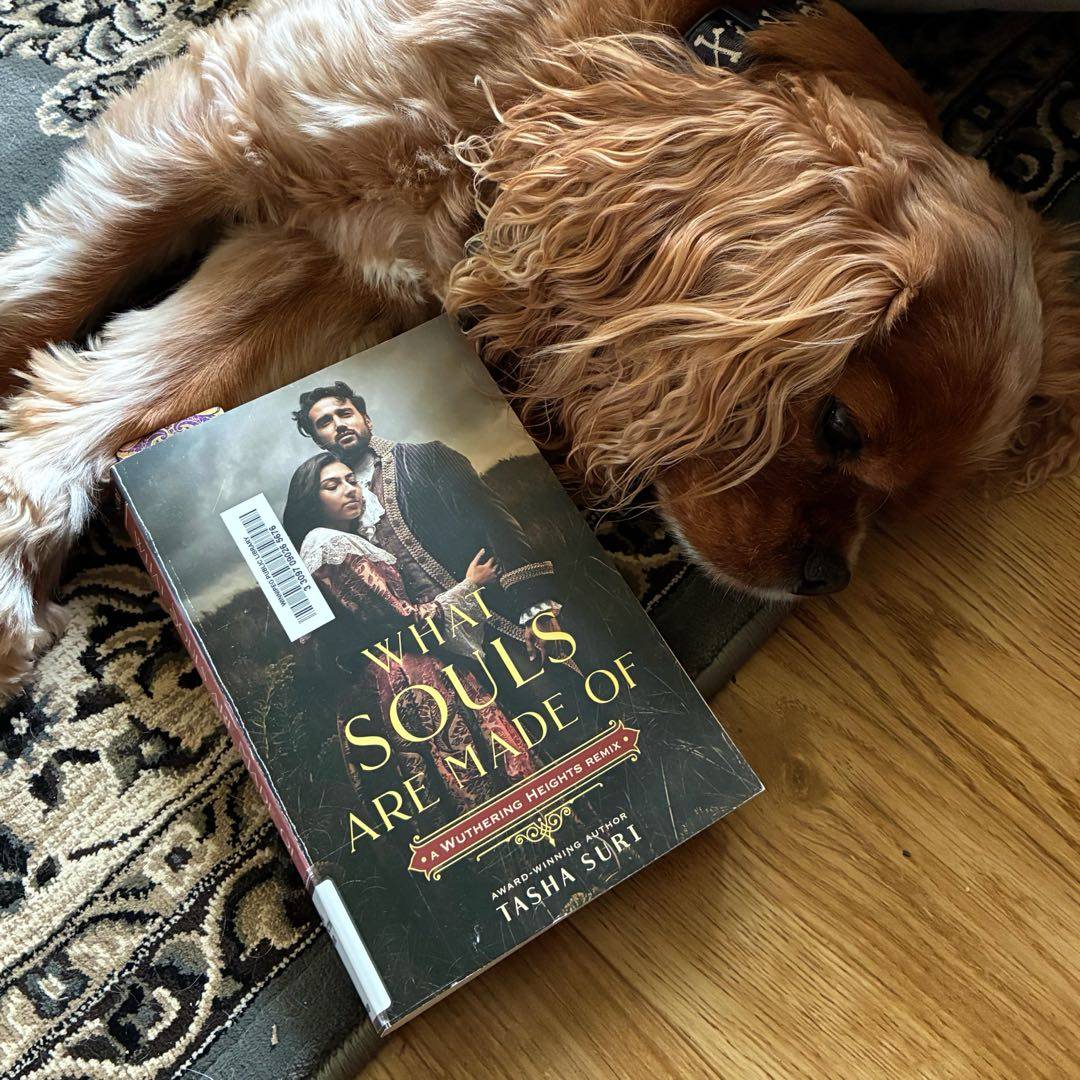
Time for another remixed classic! I read WUTHERING HEIGHTS over fifteen years ago, and the main thing I remember about it is that it was a lot more intense and enjoyable than I expected. This version‘s off to a good start too.
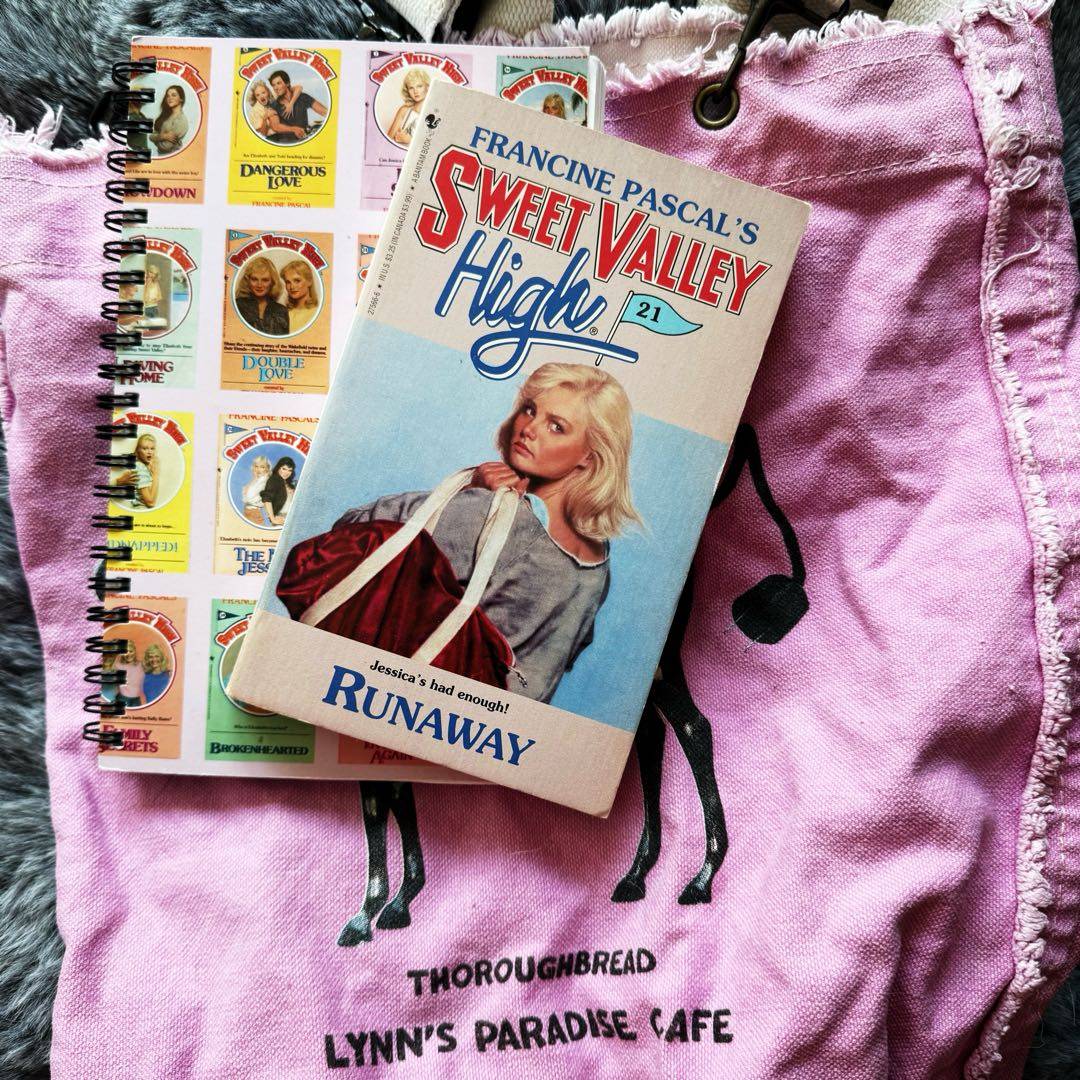
In an unexplained week off from school, not only is SVH off, but Steven‘s considering dropping out of college on account of his lingering grief over Tricia. Jessica tries to cheer him up, but he lashes out at her in a way he would never do to Liz. Jess starts flirting with “bad boy” Nicky Shepard & starts to resent her family more & more for so clearly preferring her twin—“the savior of the world, defender of the oppressed…everyone‘s best friend.”
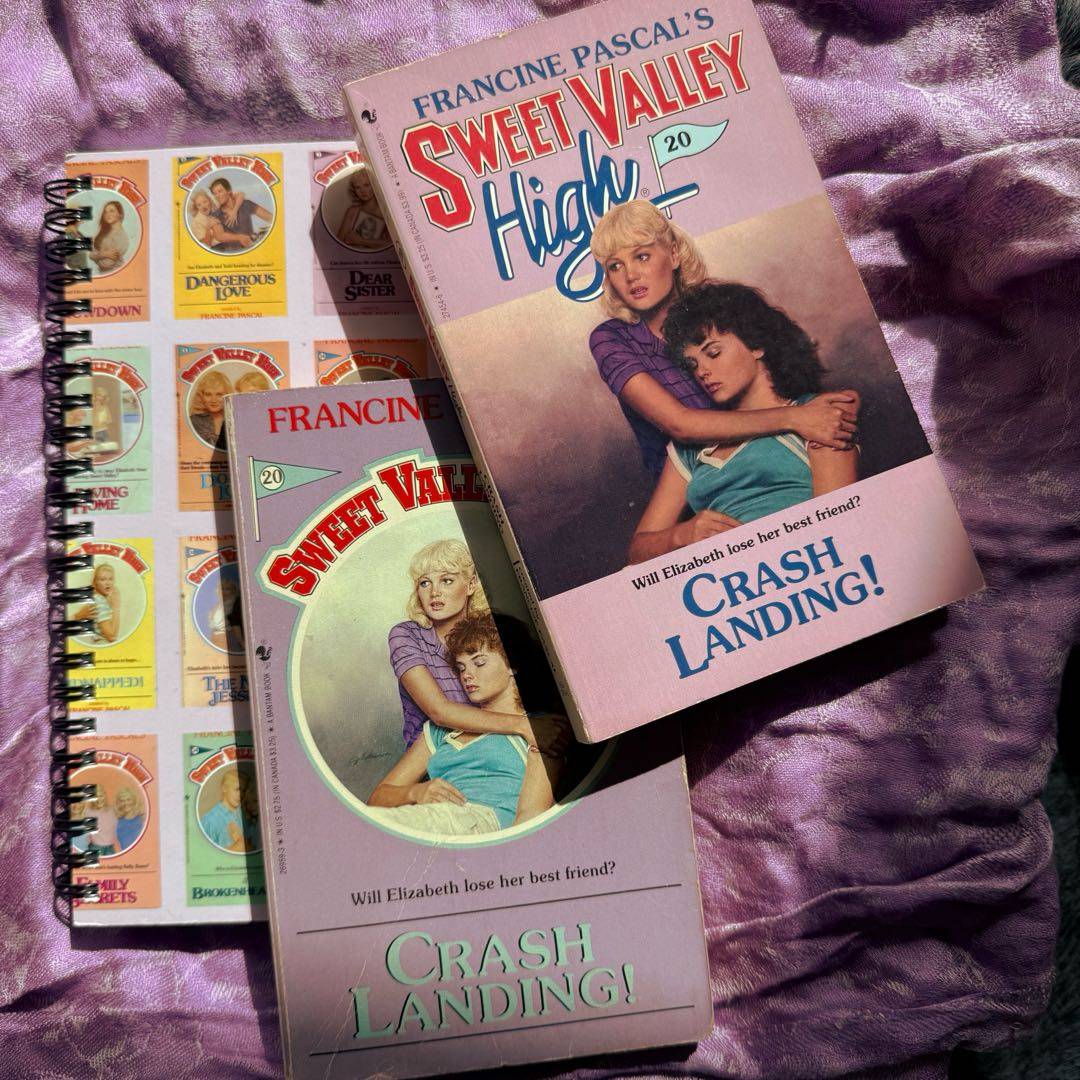
On George Warren‘s first official flight with his pilot‘s license, he takes Enid up— planning on breaking up with her afterwards since he fell in love with Robin Wilson during flight school. But the Cessna 150 stalls out & he does a crash landing onto Secca Lake! Enid saves his life but bruises her spine, paralyzing her legs! Enid‘s depression after, knowing George is pulling away comes to an end when Liz tricks her into saving Teddy Collins!
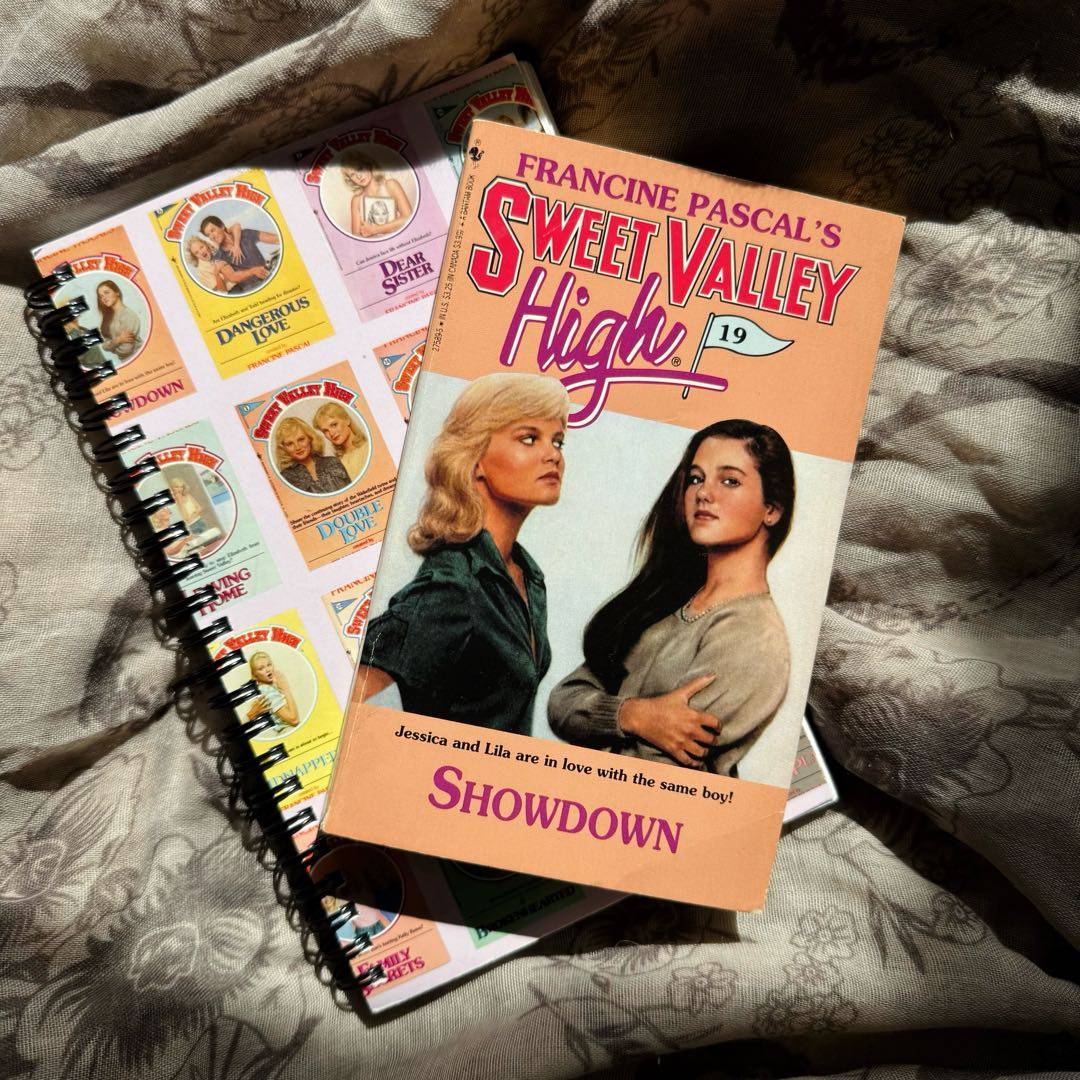
After meeting handsome construction worker, Jack, Lila hosts a lavish party at Fowler Crest to both show off & to show him off. Jessica plans on stealing him before she even lays eyes on him, but his handsome face has her flirting unabashedly in front of Lila! Jack offers a sad past, determined to make his way separate from his wealthy family, while dating Jessica during the week & Lila on weekends. Suspicious Liz learns the truth & saves the day!

Liz leads a fundraiser for the Fowler Memorial Hospital but still finds time to worry about Regina Morrow dating Bruce Patman. So far in #SVH, Bruce‘s been a braggart & downright creep—plus this is Regina‘s first time at school for hearing students, & her first boyfriend! Jessica meddles by starting a rumor about why Bruce dates Regina, but in the end Bruce puts Regina first so she can go to Switzerland for a year of surgery to repair her hearing!